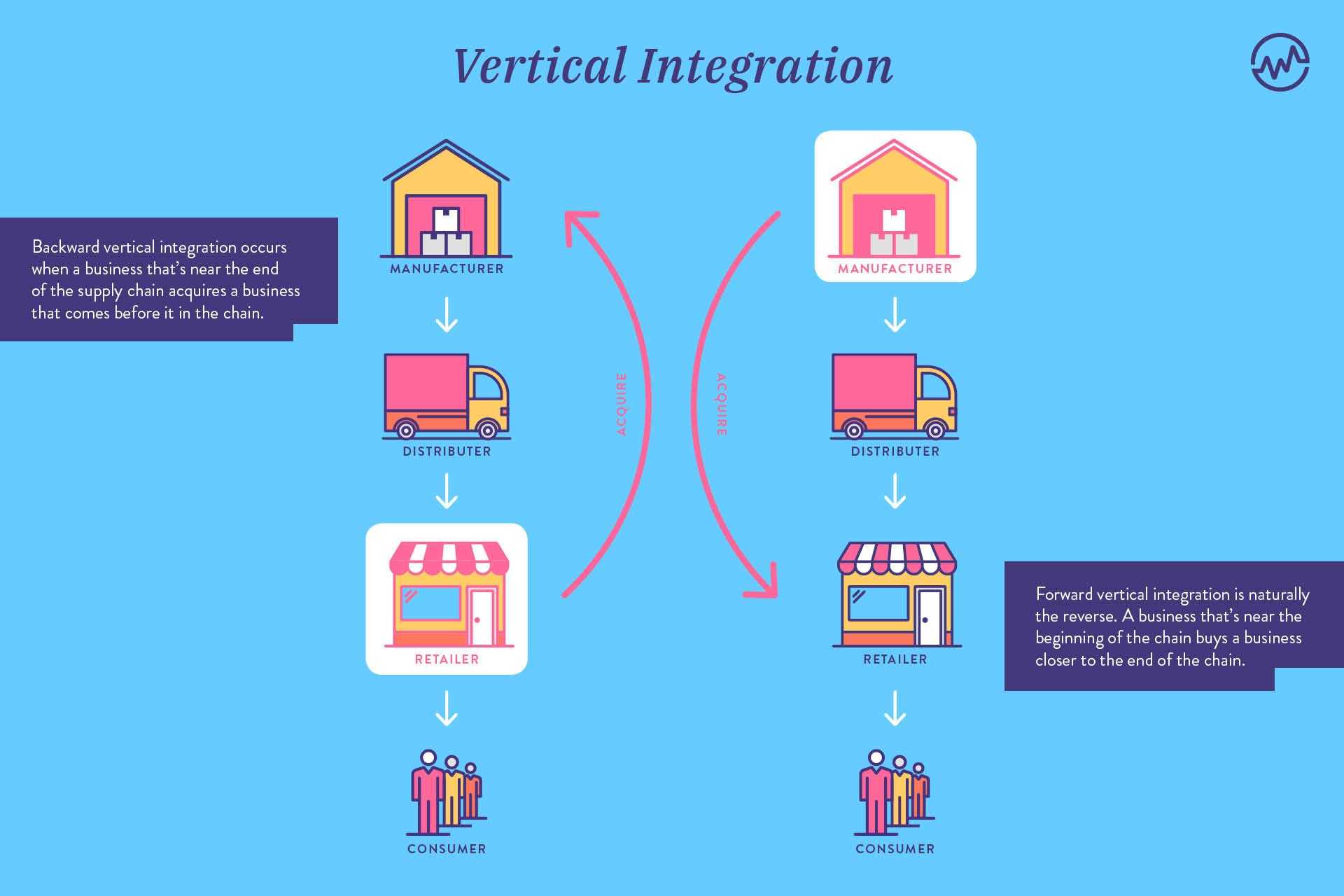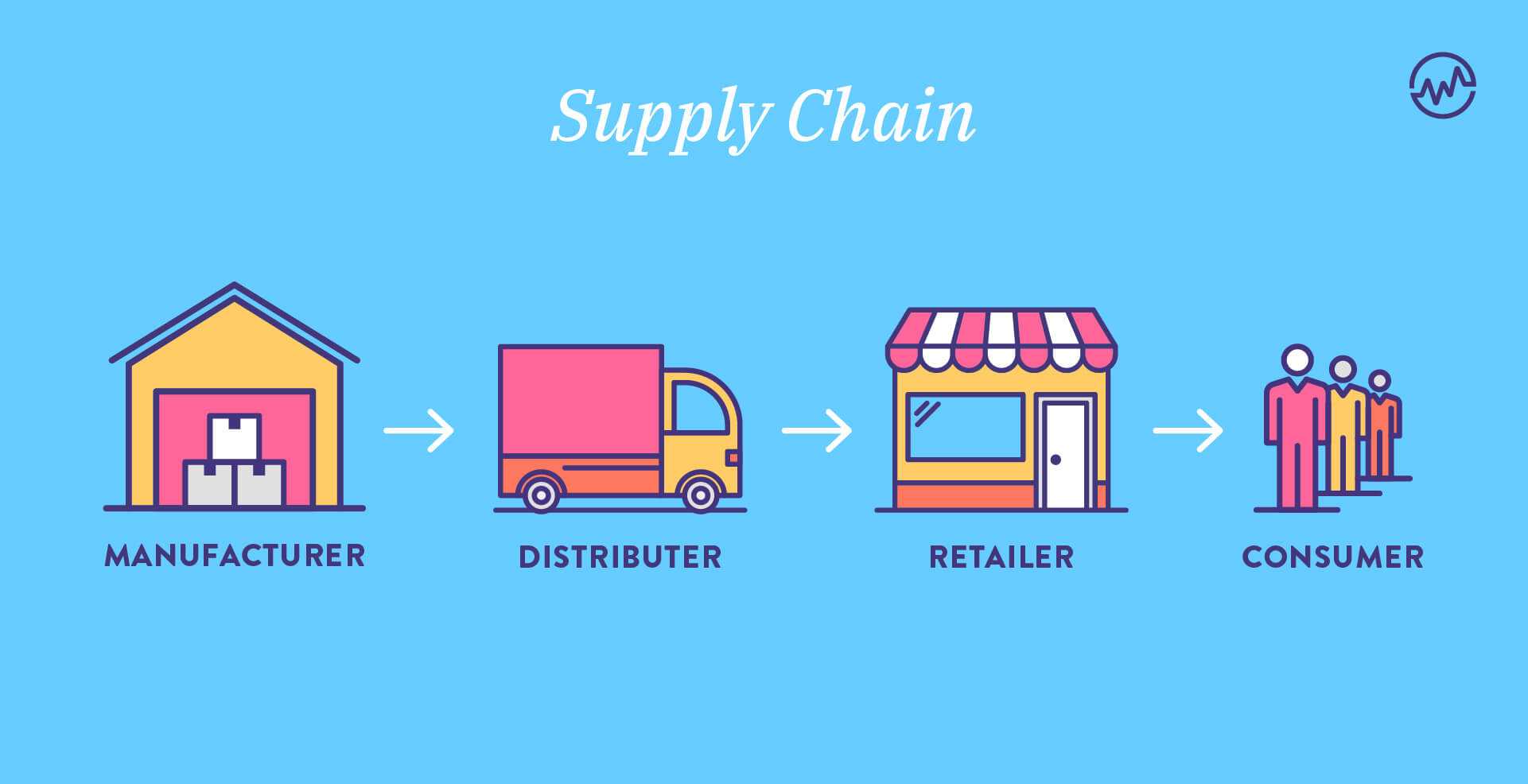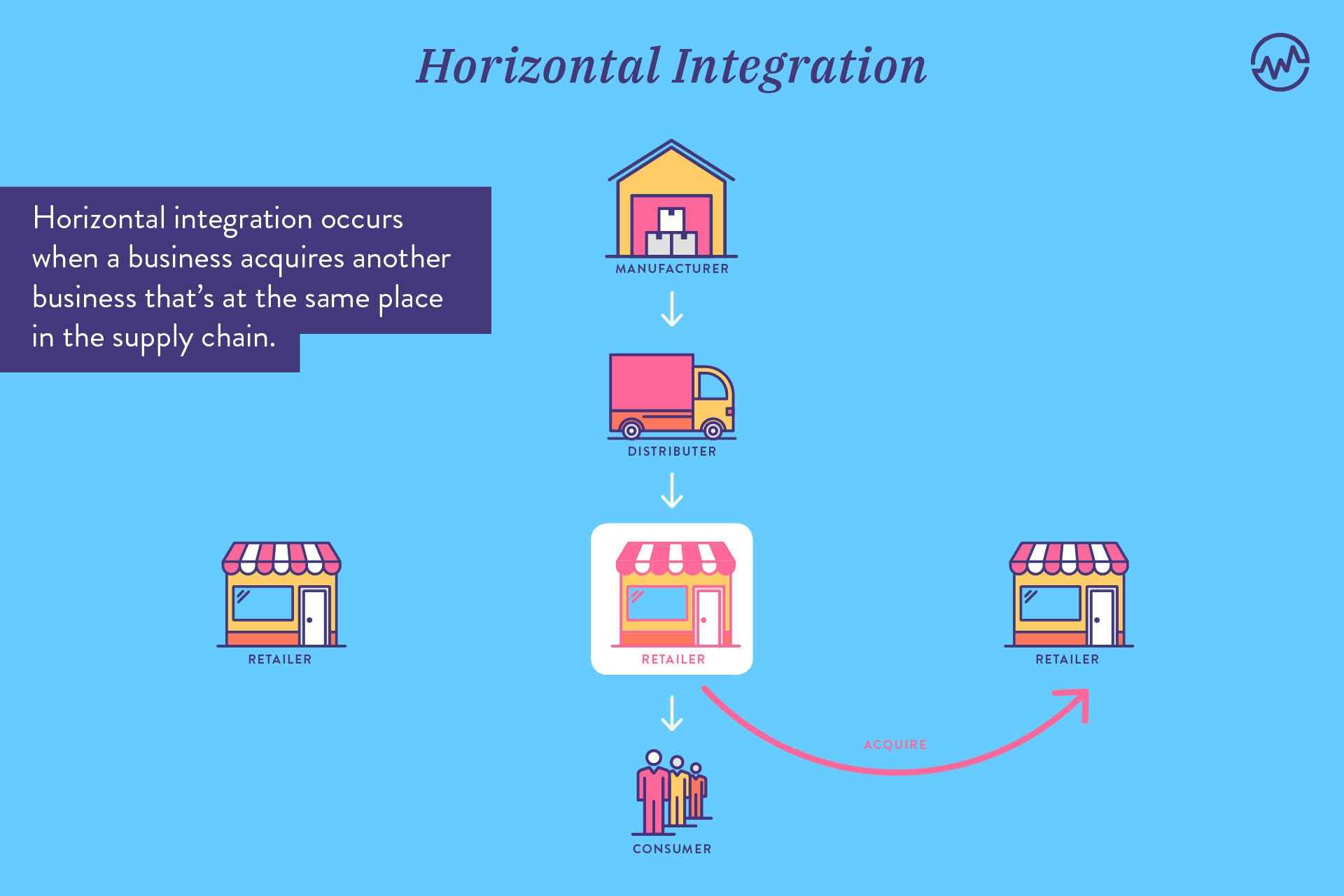You want to increase the revenue coming from your small business, but you don’t want to raise your prices for fear of losing customers. How do you solve this problem?
Believe it or not, you can benefit your bottom line, keep your loyal customers, and grow your business all at the same time.
Many small businesses think that in order to make more money, they have to raise their prices. Of course, there’s risk involved with this approach.
Here’s why: if you raise your prices too much, there’s the fear of losing customers you worked so hard to win over. And there are so many variables at play that it’s hard to make a decision with any degree of confidence.
Thankfully, you don’t have to raise your prices to raise your earnings. There are other strategies you can employ to increase revenue without leaving customers behind. In fact, these strategies can help you strengthen the connection between you and your customers.
Let’s take a closer look at two of those strategies: vertical integration and horizontal integration.
What Is Vertical Integration?
Vertical Integration is a business strategy in which a firm acquires operations in the same vertical, allowing it to control two stages of the value chain.

Take Business A, a clothing store that wants to expand and grow its revenue. It purchases Business B, which is a clothing manufacturer.
Both businesses are in the same niche—the same vertical—and Business A is integrating Business B into itself, hence “vertical integration.”
That’s the basic idea: one business acquires another business in the same vertical and absorbs the profits that both businesses generate.both businesses generate.
What Kind of Vertical Integration Is Right For You?
There are two types of vertical integration: backward and forward. The type of integration you pursue depends on what your small business does and what your goals are.does and what your goals are.
The terms “backward” and “forward” refer to the supply chain:

Backward vertical integration occurs when a business that’s near the end of the supply chain acquires a business that comes before it in the chain. The previous example of an online clothing store buying a clothing manufacturer is a prime example. The clothing store sells directly to customers, so to utilize integration, they go backward in the chain to the manufacturer that produces the clothes.
Forward vertical integration is naturally the reverse. A business that’s near the beginning of the chain buys a business closer to the end of the chain. So if the clothing manufacturer bought the clothing store, that stand as forward vertical integration.
To decide which type of integration is right for you, think about where your business is in the supply chain.
If you sell directly to consumers, you’ll be near or at the end of the chain. In that case, you’ll likely want to use backward vertical integration.
In contrast, if you source or manufacture items, you’re closer to the beginning of the chain, so forward vertical integration is probably your best bet.
However, your placement in the chain isn’t the only factor to think about. You have to think about your business goals.
If you’re a manufacturer who wants more control over your retail sales, then acquiring a retail store makes complete sense.
On the other hand, if you want to want to save on sourcing costs, you might buy out a raw materials supplier.
Benefits of Vertical Integration
Now you know all about the different types of vertical integration, but why should you be interested in it?
Here are just a few advantages to vertical integration.
Cut Costs While Maintaining Quality
When some businesses cut costs, they also end up cutting corners. With vertical integration, you can reduce expenses without skimping on quality.
Depending on what kind of business you acquire, you can reduce manufacturing, transportation, or transaction costs.
Build Economies Of Scale
An economy of scale is a cost reduction that happens mainly as a result of increased production abilities. That means if you acquire a production or manufacturing facility as the result of vertical integration, you’ll be creating economies of scale and cutting costs even further.
Remove Third Party
Another way vertical integration helps to cut costs is that it removes the necessity of a third party. When a business owns only one stage in the value chain, it often has to pay a third party for goods and/or services.
But by owning two or more stages, thanks to vertical integration, it cuts out that necessity. The money flowing to the third party can then be used for other business needs.
Be Your Own Supplier
For B2C businesses, this is one of the biggest benefits of vertical integration. Suppliers can be costly, and even worse, they can run into unpredictable delays that you can’t control.
But if you are your own supplier, you can ensure that everything’s running like clockwork. As a result, your business will be more efficient, and you can serve your customers better.
What Is Horizontal Integration?

Horizontal integration occurs when a business acquires another business that’s at the same place in the supply chain. For example, if a manufacturer bought out another manufacturer, that would be horizontal integration.
Unlike vertical integration, you hear about horizontal integration all the time. Think Facebook buying Instagram or Disney buying Pixar. Typically, the two businesses are in the same niche, though there are certainly exceptions.
Because horizontal integration takes place at only one level of the supply chain, there’s no such thing as backward or forward horizontal integration.
Horizontal integration can occur with businesses in different markets but not at different stages of the supply chain.
Benefits of Horizontal Integration
While vertical integration mostly benefits the internal workings of a company, the advantages of horizontal integration can benefit a business’s place in their target market.
Increased Market Share
By integrating with other businesses in the same niche, you’ll naturally expand your market presence. You’ll have a bigger chunk of the market, and you’ll be able to reach new audiences.
Reduce Competition
Since you’ll absorb other companies when horizontally integrating, your amount of competition will decrease, which means you can gain a significant competitive advantage.
This is easily one of the biggest advantages of horizontal integration.
Synergies And Economies Of Scale
Horizontal integration can also create economies of scale, and it can introduce all kinds of synergies too.
Chances are the businesses you acquire will do some things way better than what you’ve been doing, and you can leverage those synergies to improve your performance and increase your profit margins.
Boost Your Revenue
Vertical and horizontal integration offer you opportunities to increase your revenue without making your customers pay for it.
The benefits don’t stop there.
Integration can reduce your competition, increase market power, and increase the amount of control you have over the supply chain.
These are powerful strategies that have a lot to offer. If you’re looking to increase your profits and your market share, then you owe it to yourself and your financial future to consider integration.











